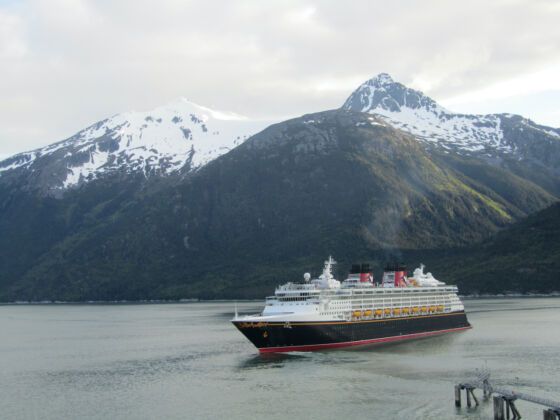The gambling that takes place below Deck 5 isn’t glamorous. No flashing lights, no loud bells or whistles, no dancing girls. Tucked away on a rarely used stair landing, seven of us are gathered, sitting on the cold steel floor, smoking and drinking.
The clang of footsteps echoing down the gangway gives us ample warning of the security guard’s approach. He peers into the corridor, around the watertight doorway. We shelter our bottles of whiskey and beer, recently delivered by the Philippine mafia that sells to the crew. Duped into believing this is a dry hallway gathering, he departs and we all breathe a sigh of relief.
